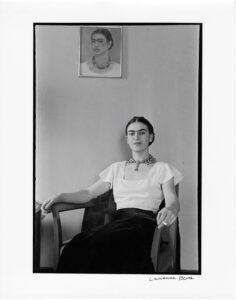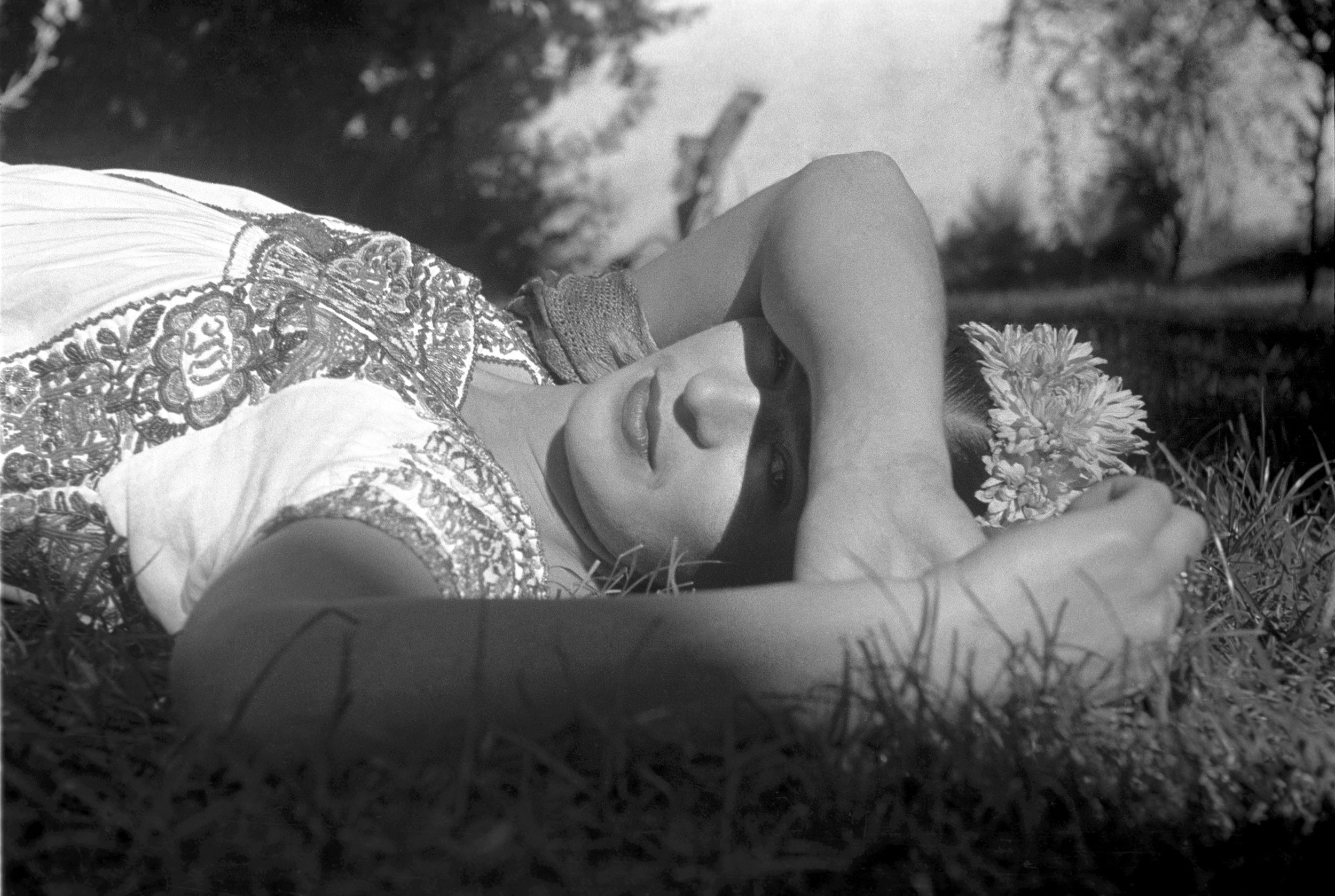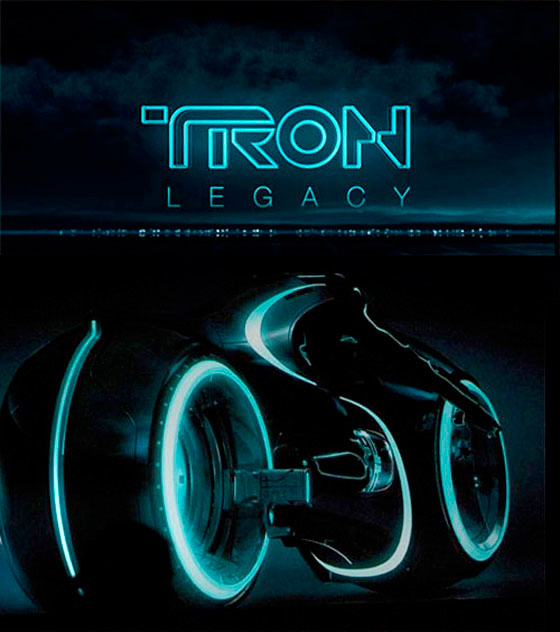The documentary FRIDA offers an unprecedentedly deep dive into the life and art of the iconic Mexican artist Frida Kahlo, known for her vivid, emotionally charged self-portraits and a life marked with both profound creativity and suffering. Directed by Carla Gutiérrez, the film marks her feature film directorial debut and stands out for its innovative approach to narrative, weaving together Kahlo’s own words with stunning animation inspired by her art to create a living, breathing portrait of the artist.
Frida Kahlo (1907-1954) has become a symbol of resilience, creativity, and unapologetic individuality, drawing admirers from around the world. Her art, imbued with themes of identity, postcolonialism, gender, class, and race in Mexican society, continues to inspire discussions around the complexities of human existence. FRIDA draws from Kahlo’s illustrated diaries, letters, essays, and print interviews, granting viewers an intimate glimpse into her life and mind. The filmmakers gained extraordinary access to materials never before shown to the public, covering more than 40 years of Kahlo’s life.
At the heart of the documentary is the aim to present a more nuanced, multifaceted view of Kahlo, challenging and expanding beyond the popular image that has, in a sense, confined her legacy. Gutiérrez and her team, consisting mainly of women and proudly Latine artists, embarked on a two-year journey to craft this cinematic experience, emphasizing the vibrant, living quality of Kahlo’s work and persona. Key to this approach is the animation, which is not just a visual embellishment but a storytelling device that echoes Kahlo’s magical realism, complementing the rawness and richness of her voice.

An intimately raw and magical journey through the life, mind, and heart of iconic artist Frida Kahlo, FRIDA is told through her own words for the very first time, drawn from her famed illustrated diary, revealing letters, essays, and candid print interviews — and brought vividly to life by lyrical animation inspired by her unforgettable artwork. The feature film directorial debut of acclaimed editor Carla Gutiérrez (RBG, LaCorona), FRIDA posits a striking context as to why the artist – and her art — remains as powerful as ever.
Kahlo’s art and life story seem more relevant than ever, touching on themes such as bodily autonomy, gender and sexual identity, and cultural heritage. As globalization and digital culture continue to reshape how we interact with art and history, Kahlo’s work offers a potent counter-narrative to homogenization, celebrating the specificity and diversity of human experience.
Discussing the motivation behind the documentary, Gutiérrez reflects on her personal connection to Kahlo, which began during her college years. For Gutiérrez, like many others, Kahlo represents a bridge across cultures and times, embodying the struggles and aspirations of women, immigrants, and all those who grapple with their identities in a constantly changing world. Through FRIDA, she aims to present Kahlo’s voice in an “honest, intimate, and raw way,” acknowledging the responsibility and challenges involved in conveying the artist’s story in a manner that resonates with both those familiar with her work and newcomers alike.
Producer Katia Maguire emphasizes the connection many Latinos feel with Kahlo, seeing her as a figure of rebellion and pride. The documentary also explores the impact of Kahlo’s work on various movements, particularly feminist, Chicano, and Queer movements in the 1970s, showcasing her role in inspiring discussions on gender, identity, and resistance.
The animation team, including directors Sofía Inés Cázares and art director Renata Galindo, share insights into their process and how working on FRIDA offered them new perspectives on Kahlo’s art and life. Their reflections underscore the emotional depth and complexity of Kahlo’s work, which, despite its sometimes visceral imagery, generates powerful reactions and resonances.
In framing FRIDA, Gutiérrez does not see her move from editing to directing as a step up, but rather as an opportunity to delve deeper into the story she felt compelled to tell. The documentary thus becomes an act of creative exploration and connection, drawing on Gutiérrez’s own experiences and cultural background to bridge Kahlo’s world with ours.
FRIDA, set to premiere at the Sundance Film Festival, aspires to be more than a biography or art history lesson. It seeks to breathe life into Kahlo’s legacy, offering viewers an immersive, animated journey through the life, art, and enduring spirit of one of the most fascinating artists of the 20th century. This documentary not only celebrates Kahlo’s artistic achievements but also reconnects audiences with the human being behind the iconic imagery, ensuring her colorful life and work continue to inspire and challenge us.




